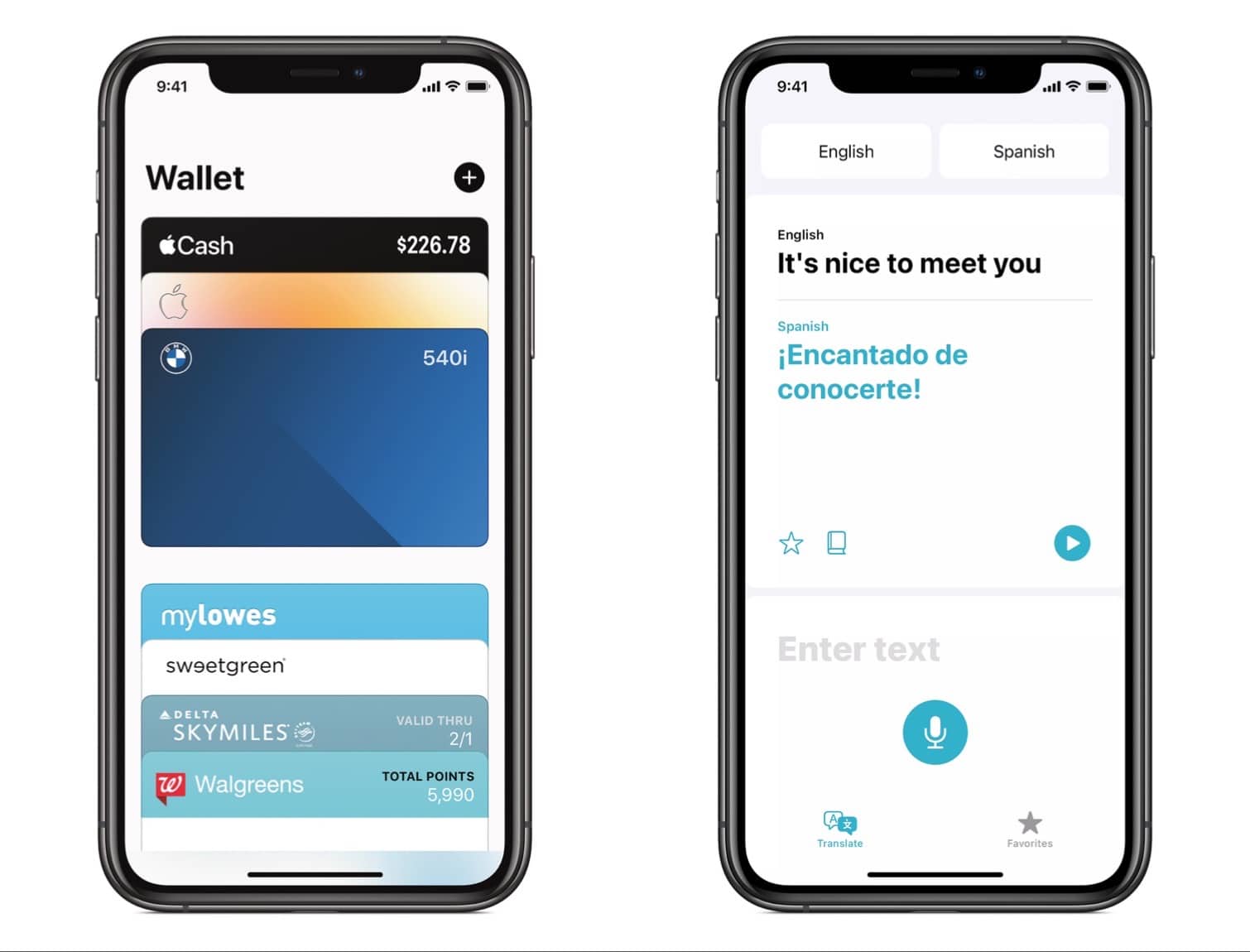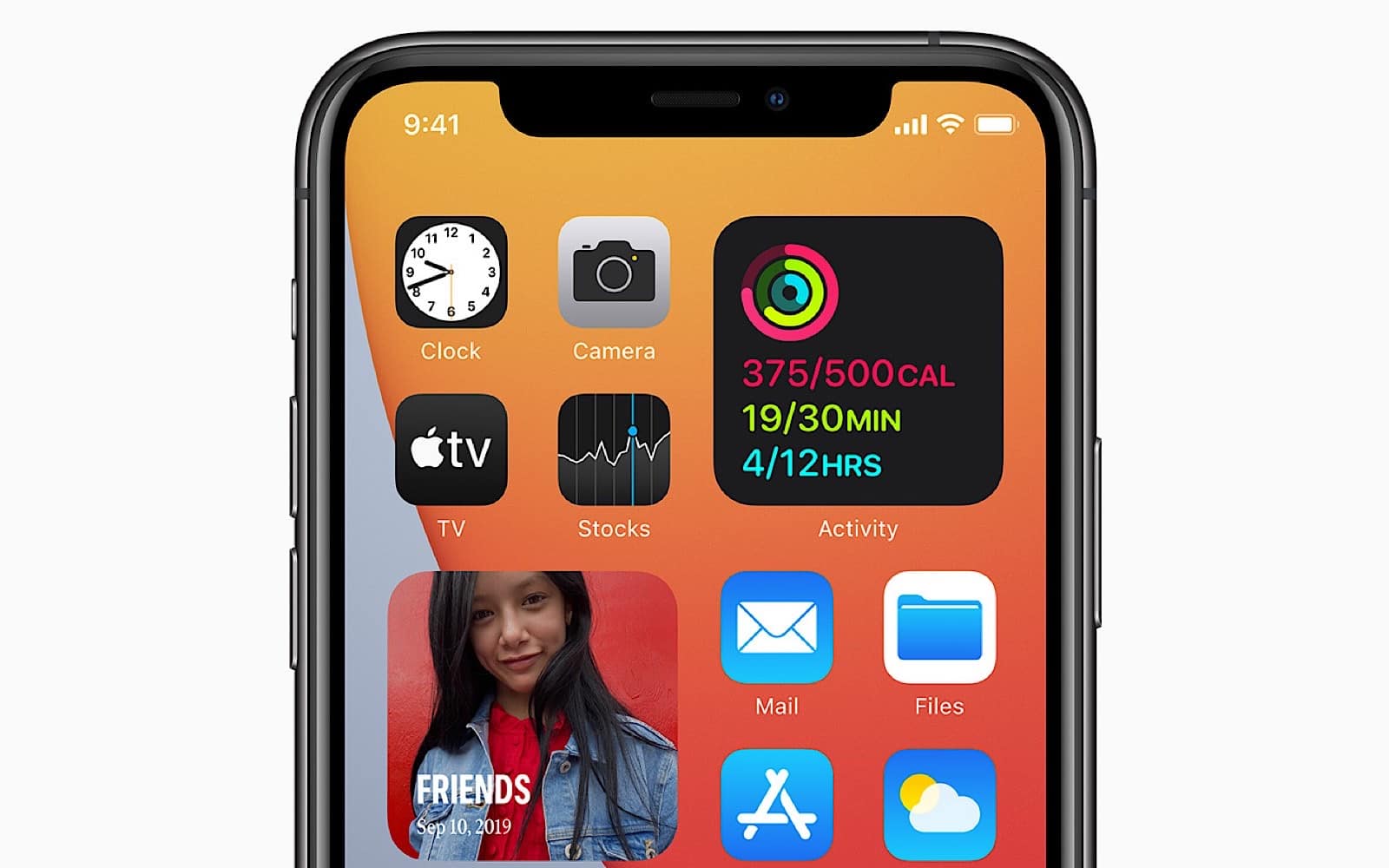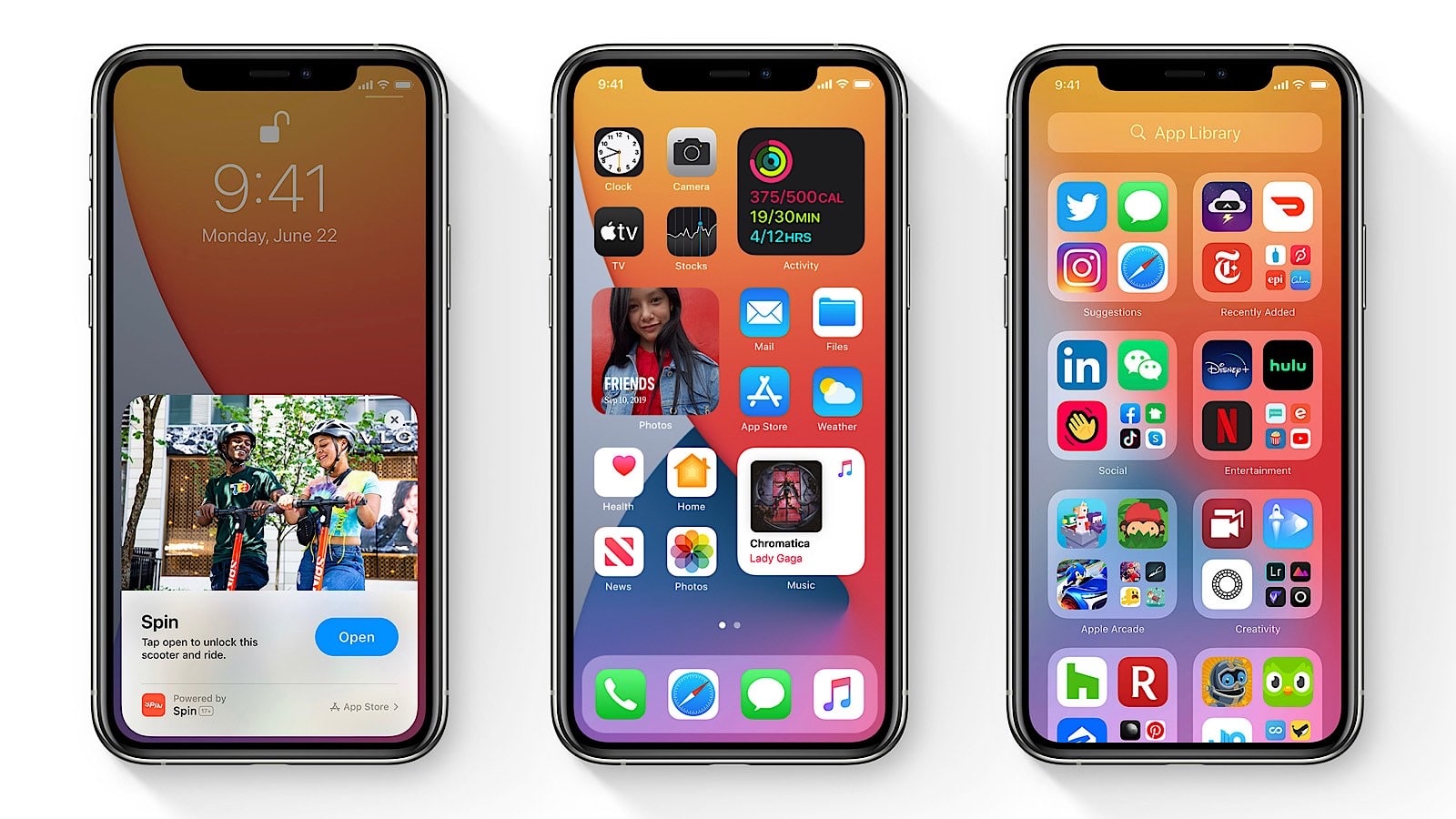One of the features that gives Android users a little more control over their phone’s home screen experience is coming to iPhone owners, and that’s not all.
The next version of iOS is on the way and officially announced over at the digital edition of Apple’s Worldwide Developers Conference, WWDC 2020, and if you’re an iPhone user, there are things to look forward to, much of it focused on design.
You see iOS is changing, and if you’re familiar with Android, some of these changes may seem a little familiar.
Just like there is every year, the operating system for the iPhone is getting a change, as this year’s version jumps from iOS 13 to iOS 14. That’s good news for owners of the iPhone 6S and above, because it means an upgrade is on the way, and like the version of macOS announced at WWDC this year, there’s a focus on design.
In fact, the new approach to design will include support for tiny versions of apps called widgets that you can load on any screen of the iPhone regular left to right home screen. It means you’ll be able to set out your phone a little more like a way you want, complete with those tiny apps dotting the interface, customising the look and feel of your iPhone so that it matches the way you want to work.
However it’s an approach that may be familiar to Android owners, as Google’s operating system has supported home screens with widgets since it was practically released well over a decade ago, with the feature coming to iOS.
Apple’s take is a little different, and will even include a home screen page that uses on-device logic to create a stack of widgets based on what you use most, leveraging location, time, and activities.
But it also means you’ll be able to customise the iOS app screens, one of the reasons that may keep Android users from jumping ship, as iOS has long been apps in a very specific look loading from left to right on each screen. In iOS 14, that will change, as will the last screen, which provides access to the “App Library”, an automatically set of organised folders that provide all of your apps in one place.
“iOS 14 transforms the most iconic elements of the iPhone experience, starting with the biggest update we’ve ever made to the Home Screen,” said Craig Federighi, Senior Vice President of Software Engineering at Apple.
Apple is also redesigning the way Siri pops up on your screen, and will no longer take up the whole display, popping up with a smaller blip instead of interrupting your whole experience. The same will be true with calls from FaceTime and your phone, and it could just be the beginning, keeping you in the apps you’re using instead of breaking what you’re seeing and using.
Design changes in iOS 14 won’t just affect how you take calls or talk to Siri, or even how you browse apps. You’ll see changes to Apple’s Messages app with the ability to pin conversations to the top of the list, curated guides added to Maps, and a new Translate app able to translate voice and text in up to 11 languages.
Apple is also throwing in support for digital car keys, allowing select cars to use a phone as a digital car key similar to how a debit or credit card can be used to pay for things on a phone. Like Apple Pay, some cars can have their keys added to an iPhone Wallet app just like the cards, using Near-Field Communication (NFC) to open the car door, with future developments including an ability to open and start a car without necessarily taking a phone out of a pocket.
The Weather app is also changing, supporting minute-by-minute rain forecasting which might be described as hyper local weather forecasting, while the Find My app will see expansion for devices beyond those created by Apple including third-party products.
And there will be more privacy, more control for smart devices in the home with a new Home app, and more NFC love with micro apps in App Clips, the latter of which can be activated either by NFC or QR codes, or even shared with Messages or Safari.
All up, it looks to be a pretty big release for iPhones, and it’s coming in the next few months. A public beta will be made available next month, with iPhone models supporting iOS 14 from the iPhone 6S and higher.









